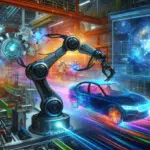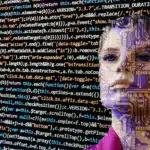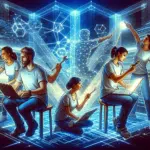Web 3.0, also known as the Semantic Web, is the next generation of the internet that aims to create a more intelligent, connected, and personalized online experience for users. The current version of the internet, Web 2.0, is characterized by social media, user-generated content, and mobile apps. However, Web 3.0 promises to take this further by making data more machine-readable, interlinked, and meaningful, using technologies such as artificial intelligence, natural language processing, blockchain, and the Internet of Things (IoT).
The Semantic Web is based on the idea of creating a more intelligent and connected web, where data is not just displayed on web pages but also understood and processed by machines. This means that data can be connected and interpreted in a more meaningful way, enabling more advanced applications such as virtual assistants, chatbots, and personalized search engines. For example, s user on Web 3.0 could search for “best Italian restaurant near me,” and the search engine would understand the user’s location, food preferences, and dietary restrictions, to provide personalized recommendations.
Decentralization is another critical aspect of Web 3.0. The utilization of blockchain technology solutions, which forms the foundation of cryptocurrencies such as Bitcoin, enables an internet that is more secure, transparent, and decentralized. This aspect indicates that users can interact with each other without the need for intermediaries such as social media platforms or online marketplaces. Web 3.0 also promises to give users more control over their data, allowing them to choose who has access to their information and how it is used.





